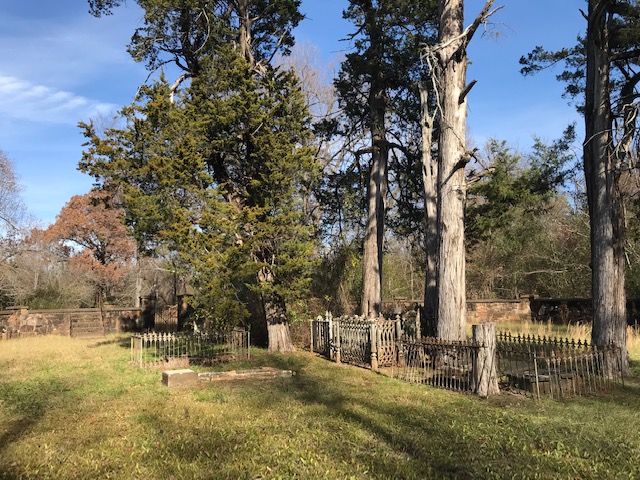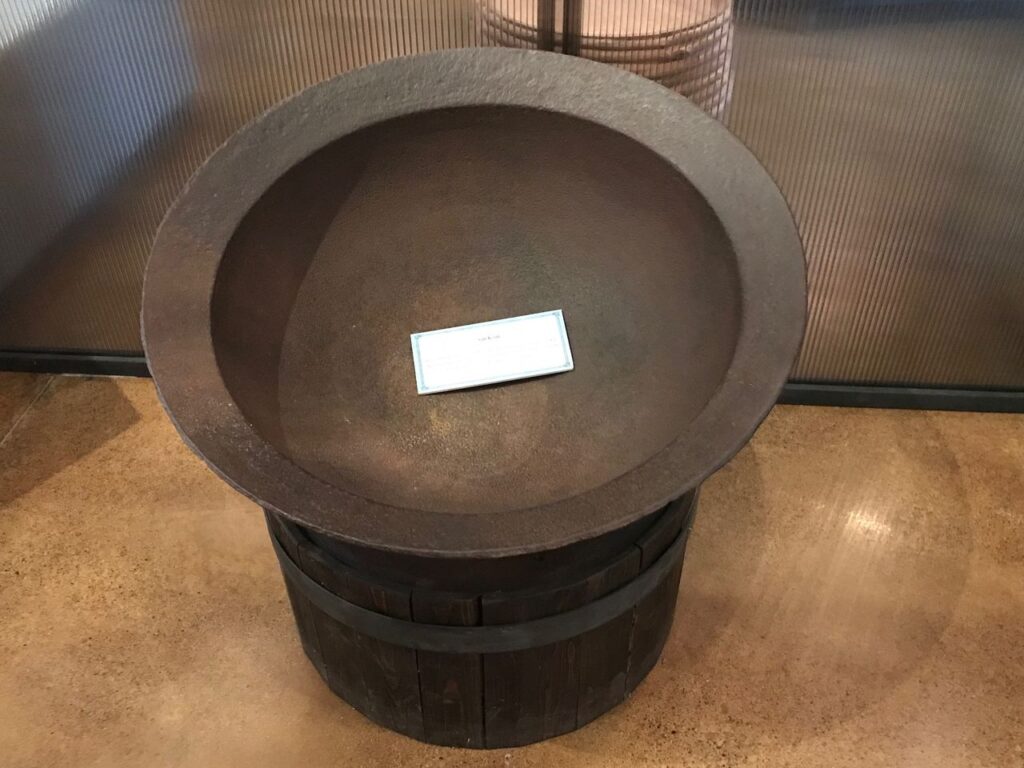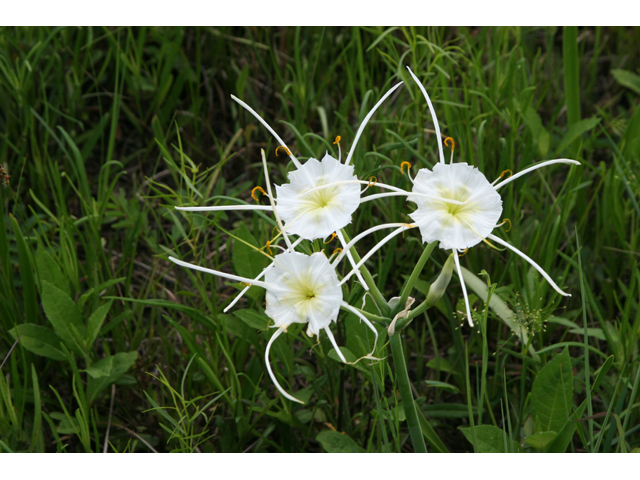
During Nuttall’s sojourn in the Red River Valley, he mentions but did not visit a salt spring on the Kiamichi:
“In a northern bend of the Kiamesha, about 30 miles from its mouth, I am informed, there exists a very copious salt spring” (:181).
That location is now flooded by Hugo Lake. As it happens, there is a creek that enters the lake from the west at just about the right distance from the Red, still known as Salt Creek.

Jona Tucker and I visited recently with John Davis at the Fort Towson Historic Site. One of the things we learned from John was that the Rose Hill Plantation and Rose Hill Cemetery of which we had heard was located only a few miles due south from Salt Creek. Rose Hill Cemetery and 40 acres of land around it is another piece conserved by the Oklahoma Historical Society. (All my Nuttall exploring has really given me a great appreciation for the Oklahoma Historical Society–they need more support from all of us.) A nice video of archaeological digs at the cemetery, with a discussion of Jones is here.
At least three salt works pans were found adjacent to the cemetery. One of them is in the Fort Towson museum. A second is at Sequoyah’s cabin, up north of the Arkansas River, and the third appears to have gotten away.

It is not entirely clear, but it seems likely that Robert M. Jones, who built Rose Hill Cemetery may have operated a salt works on Salt Creek a few miles north. Or, perhaps there was a second salt spring closer to the cemetery, but if so it is not obvious where it was. Robert Jones was a Choctaw, a slaveholder, and entrepreneurial–establishing multiple stores in many different communities and several plantations. Some have considered him the wealthiest Choctaw of his time.
Our other interest in Rose Hill is that it was built on Horse Prairie. Nuttall describes Horse Prairie thus:
“To-day we continued to the Horse-prairie, 15 miles above the mouth of the Kiamesha [he means 15 miles west along the Red River, not north along the Kiamichi]…This prairie derives its name from the herds of wild horses, which till lately frequented it, and of which we saw a small gang on our return. It is very extensive, but flat, and in some places swampy. In these depressions we saw whole acres of the Crinum americanum of the West Indies [=Hymenocallis liriosme, spring spiderlily or Texas spiderlily] (:173).”

Photo by Carolyn Fannon, via wildflower.org
Spring spider-lily grows in large colonies in wet habitats, often in standing water, and blooms in mid-spring. The flowers have a prominent yellow-green eye in the center of the flower.
Horse Prairie today is virtually all farmed, or has been in the past. Jona and I have been looking for wet prairie remnants in the area, but so far have not found any.
